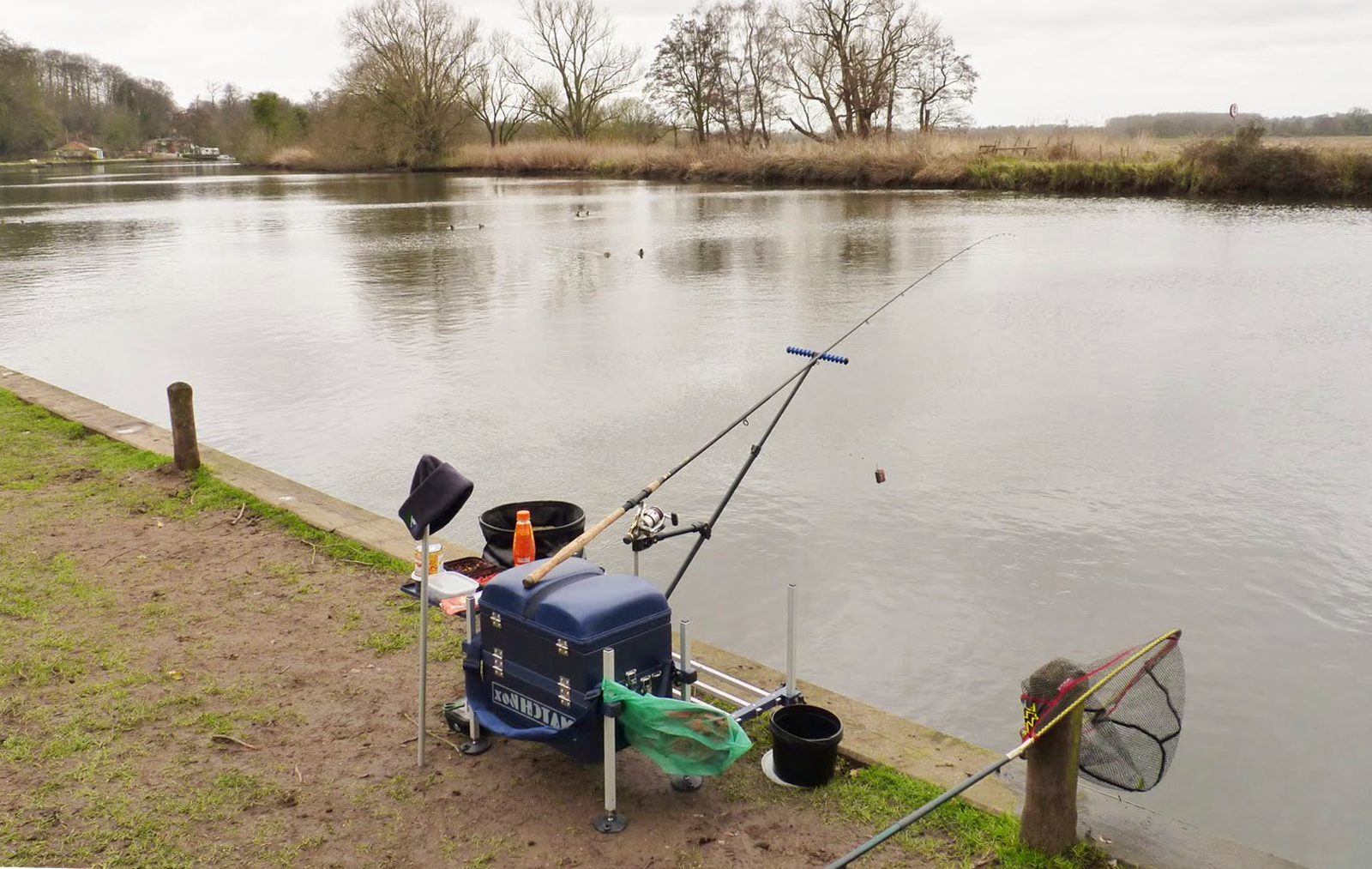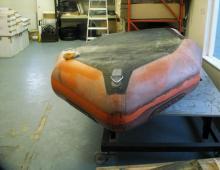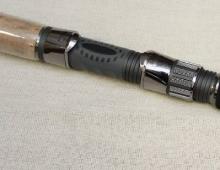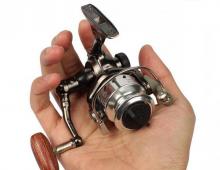Do-it-yourself feeder equipment: step-by-step instructions for performing various types
How do people become fans of feeder fishing? Initiation to the class of adherents of this most interesting method of bottom fishing most often occurs when an uninitiated beginner finds himself on the shore next to an experienced feederist. Observation of the process gives rise to a desire to make and try this catchy tackle yourself. Moreover, there are no particular difficulties in making equipment for the feeder with your own hands.
Variety of bottom fishing conditions
The easiest part of the journey to testing your luck with feeder fishing is going to a fishing store and buying the right rod and reel. From this moment begins the comprehension of the secrets of the feeder equipment. A large number of ways to equip the feeder makes it possible to choose the appropriate installation to take into account specific fishing conditions, including:
- fast flowing or standing water;
- great depth in the riverbed or shallow water of a crucian pond;
- post-spawning zhor or uncertain bites of cautious fish;
- hard bottom made of shell rock or loose silty soil;
- the calm of a hot July night or a windy autumn day.
Loyal fans of feeder fishing have developed and tested rig rigs for almost any fishing conditions, their nuances continue to be improved and discussed on fishing forums.
 Tackle and equipment for fishing on the feeder
Tackle and equipment for fishing on the feeder The main, basic rigs include mounting with an anti-twist, a loop rig (with an asymmetric, symmetrical loop and a paternoster), as well as two sliding rigs - inline and a popular helicopter.
Choosing the Right Line
So far, no one has managed to put an end to the dispute about which fishing line is better for the feeder - braided line or monofilament. Advantages of monofilament: invisibility, lightness, softness of feeding a heavy feeder over a long distance - are leveled by minuses. It is characterized by overlaps, a tendency to frequent tangles, excessive extensibility. Many people prefer a braided cord that is properly selected in thickness, giving preference to its reliability. The absence of stretch guarantees an effective hooking, even if the bite occurs at a considerable distance from the fisherman. On the plus side, the monofilament has a low price, and the cord has a smaller diameter, which reduces its windage during long-distance casting.
How to make feeder equipment with your own hands
Having replenished stocks of various feeders for bottom fishing, having bought reliable hooks, swivels and fasteners, a thin fishing line for knitting leashes, you can start making feeder equipment.
Paternoster
The rig is suitable for both braided line and monofilament.. This setup uses mesh feeders of varying weights and configurations with an eye for attachment.
The name of this simplest type of installation is self-explanatory. Paternoster in translation means "Our Father", this is the name of the simplest and most famous Christian prayer. In Russian there is a saying "to know as our Father".

Video: paternoster installation
Asymmetric and symmetrical feeder loops
Asymmetric loop - installation, which is most often knitted on monofilament.

A symmetrical loop is made in a similar way, only both sides of it are made the same length when tying the second knot.
 Scheme of symmetrical feeder loop equipment
Scheme of symmetrical feeder loop equipment With anti-twist
A sliding feeder rig with an anti-twist is the rig with which most beginners begin their acquaintance with feeder fishing. A plastic rigid tube bent at an obtuse angle has a long and a short side. In the place of the bend there is a fastener for fixing the feeder. The sliding of the anti-twist tube along the main line is limited on both sides by stop beads. During the bite, the fishing line passes freely through the tube, and the heavy feeder remains motionless. The leash with a hook is attached in any convenient way immediately below the lower stop bead.
 Anti-twist rig is great for mastering feeder fishing
Anti-twist rig is great for mastering feeder fishing A variety of such equipment called a harvester is distinguished by a sharper bend angle of the tube and an additional loop of fishing line for attaching the feeder to the anti-twist.
Inline
Inline is a very effective sliding rig often used in carp fishing. Can be used with a mesh, spring or one-sided "method" type feeder.
 Inline rig suitable for net and method feeders
Inline rig suitable for net and method feeders The free sliding of the feeder along the main line (“in line” is translated as “on the line”) is limited by beads. A leash with a hook can be attached both through twisting and through a simple connection.
Helicopter
When mounting the equipment in this way, the feeder is attached to the end of the main fishing line, and the leash with the hook is securely fixed above, between the two stop knots. Such equipment is little confused in flight and therefore allows you to make power casts over considerable distances.

Helicopter - the perfect rig for fishing in the current.
If desired, it can be done not on the main fishing line, but tied separately and connected to the cord in a loop-to-loop way.
 Helicopter ready rig
Helicopter ready rig Dependence of the choice of feeder equipment on the current and other factors
No one has proven the direct dependence of the bite of a certain breed of fish on the choice of equipment for the feeder. And on the paternoster, and on the inline, and on the helicopter, you can catch both small carp and large carp. A variety of feeder mounting methods are created not to take into account the preferences of fish, but to ensure effective fishing in different conditions.
The priority of this or that equipment is determined by the speed of the current, depth, wind, casting distance. On a stagnant pond, many feeder lovers will prefer a paternoster. This rig is easy to knit, allows you to quickly change leashes even in strong winds and in the dark. But if the equipment requires a long leash, the paternoster is no longer so convenient, as it reduces the sensitivity of the bite.
A paternoster can also be used in the current, but a helicopter is more suitable in this case, since it will more accurately lead the leash with a hook into the feeding strip on a strong deep stream. In the conditions of the current, the asymmetric loop is also effective, it allows you to see the pull to the shore.
The feeder, equipped with an anti-twist, is convenient to use for night fishing. Reduced flight quality of the equipment is compensated by the fact that you do not have to mess around in the dark with the overlaps of the leash.
Every fishing season there are more and more improvements in feeder rod equipment. Professional athletes and amateurs continue to argue about the most correct and catchy montages. The choice of your set of favorite rigs for each fisherman is determined only by his practical experience and preferences.



